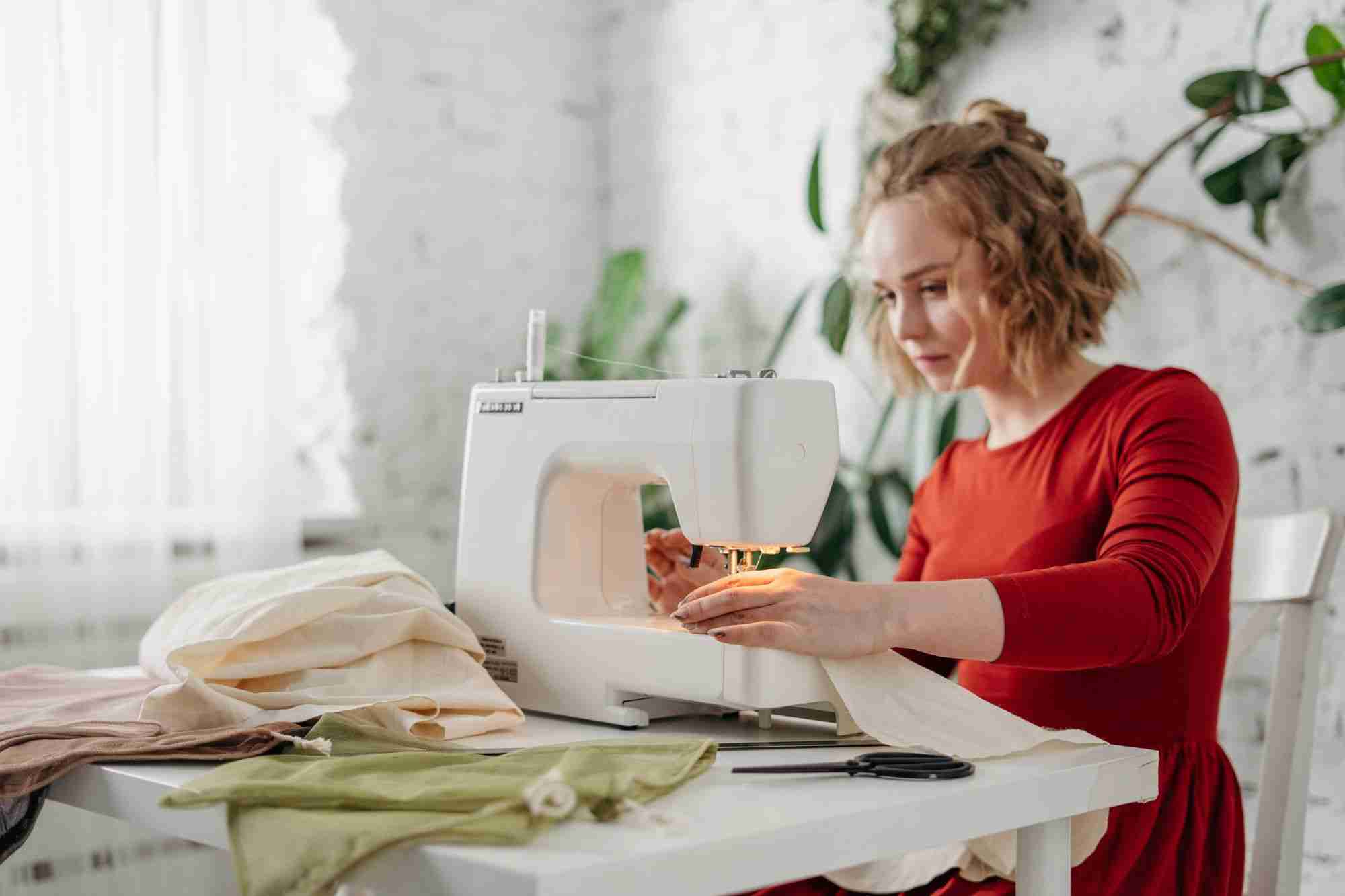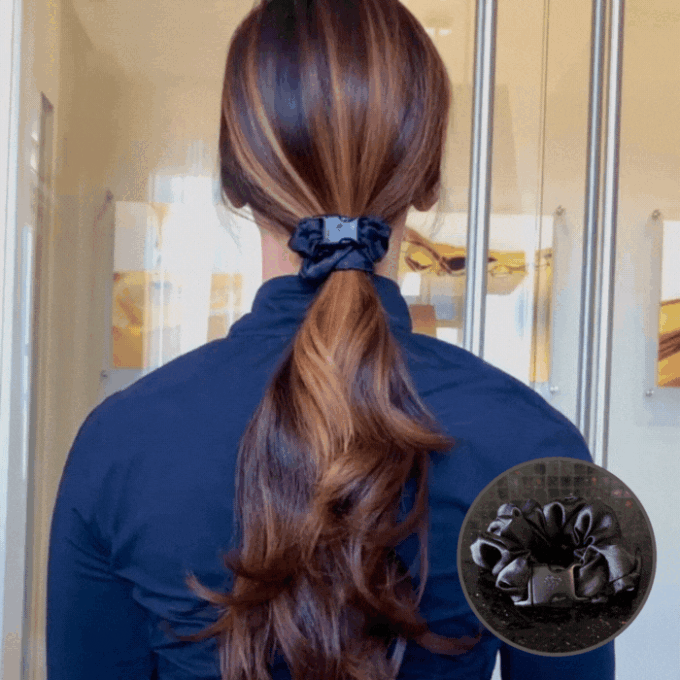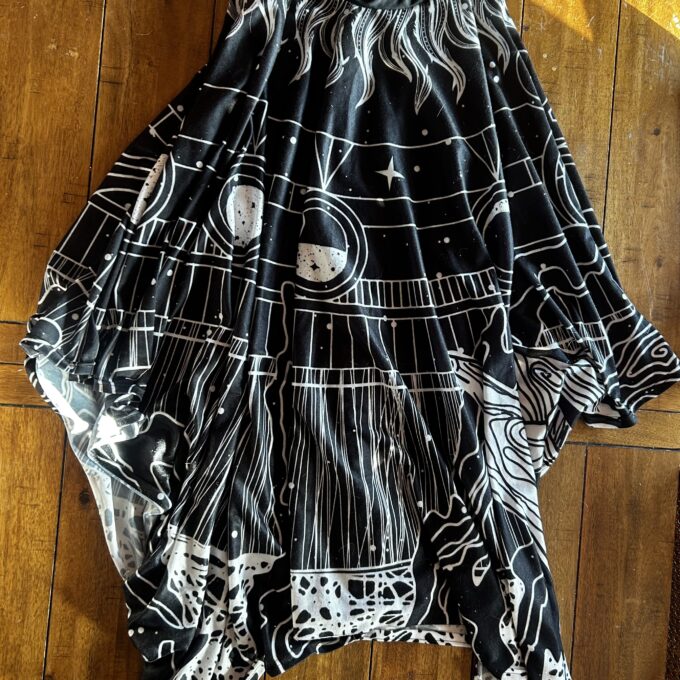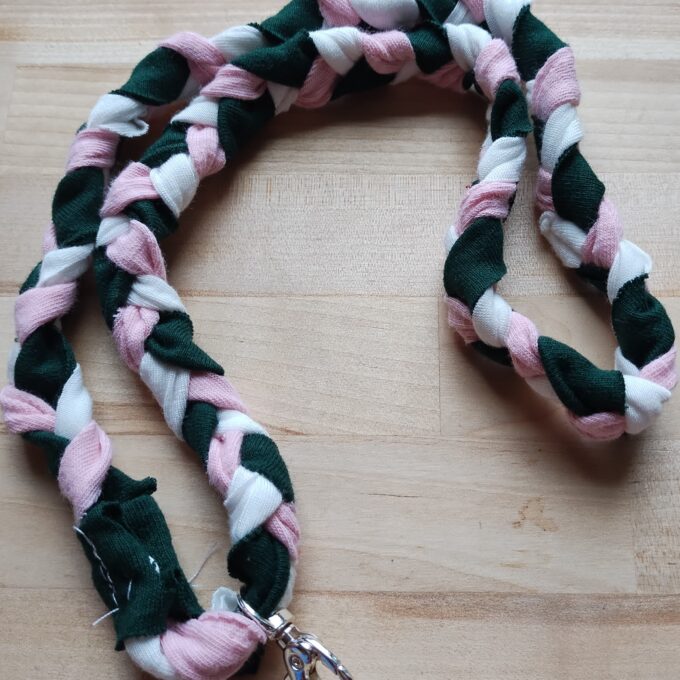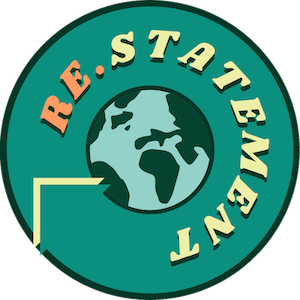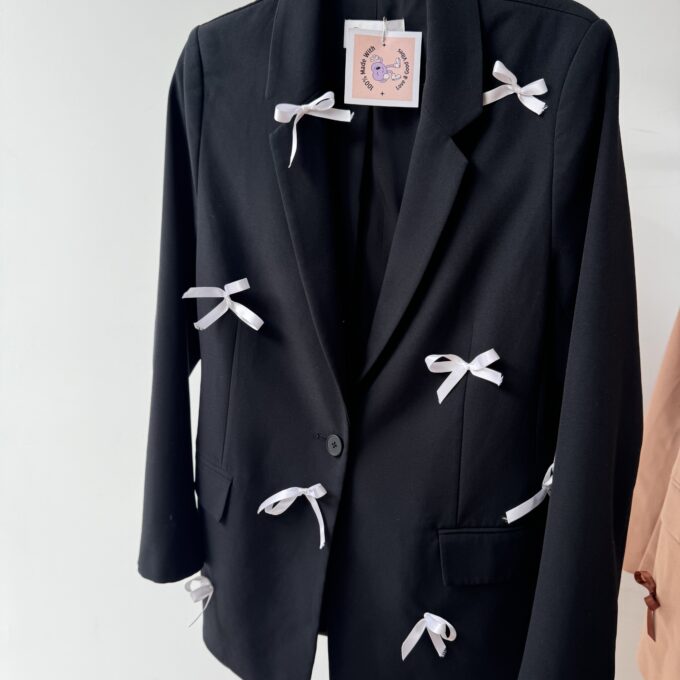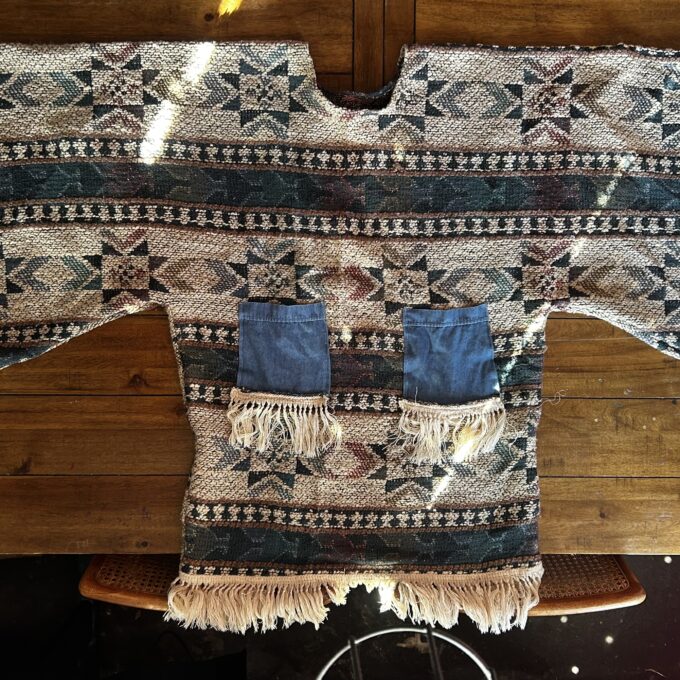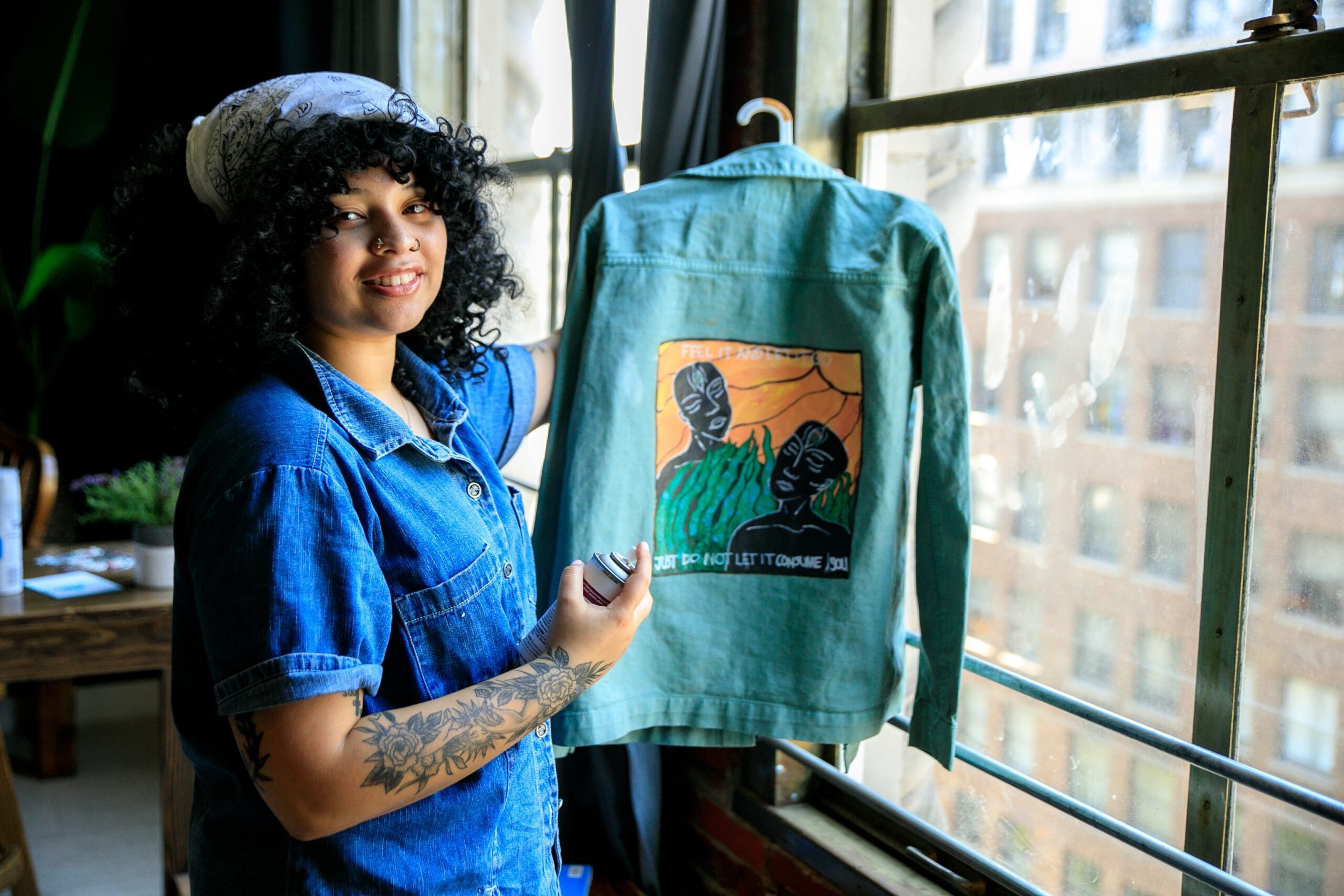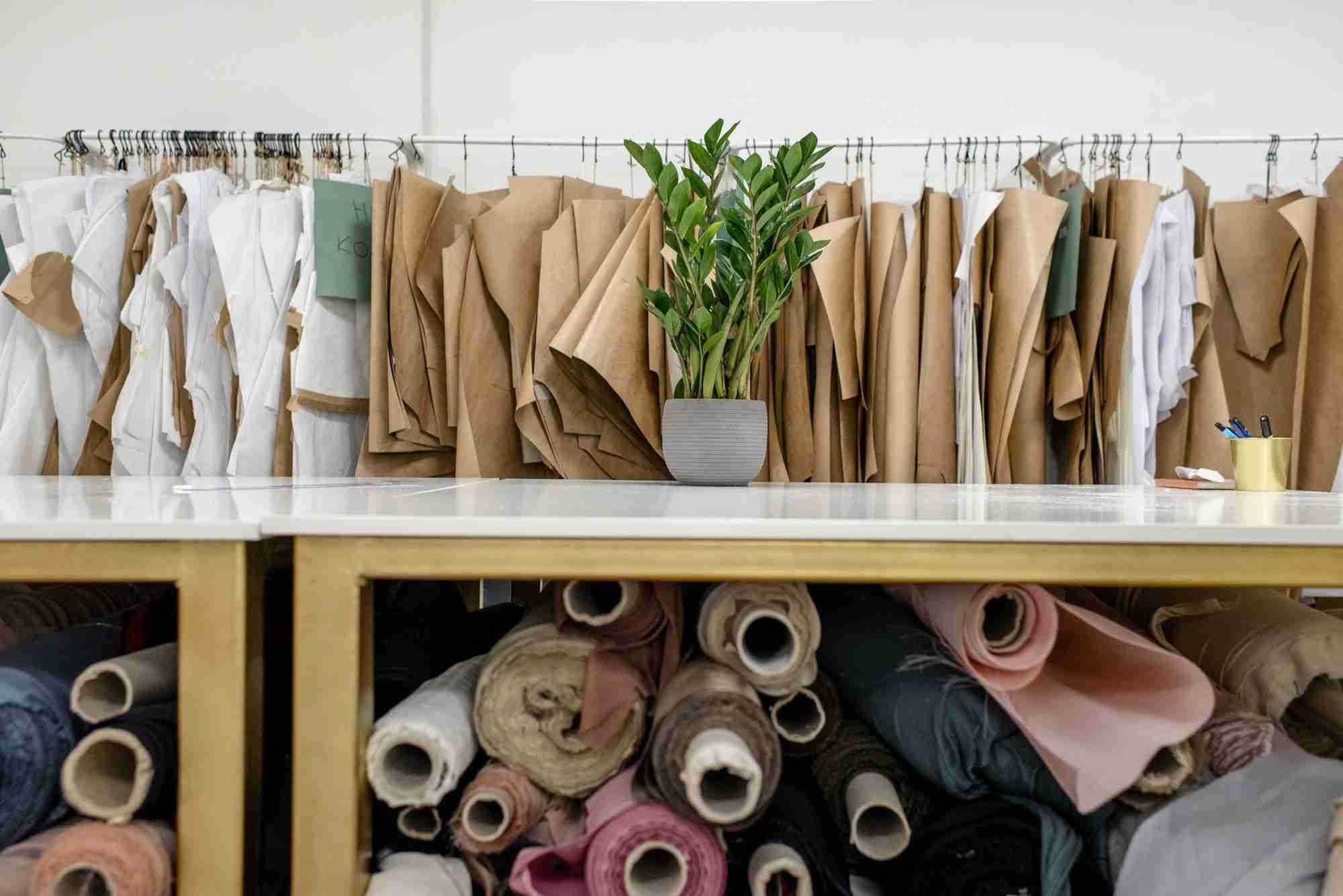Upcycling is the creative process of converting waste materials into a new product, such as clothing or furniture. It has become increasingly popular in recent years.
We know how time-consuming and effort-intensive upcycling your own clothes can be, but the new clothing that designers create from used materials is beyond valuable. That leaves one other stakeholder that deserves a voice in whether upcycled clothing is worth it: the environment.
How much does upcycling clothing actually help reduce carbon emissions? Is upcycling good for the environment, and how good is it? Our article goes into detail about just how good upcycled clothes can be for the environment.
-
 70’s Patterned Top Upcycled From a Muumuu$83.11
70’s Patterned Top Upcycled From a Muumuu$83.11 -
Sale Product on sale
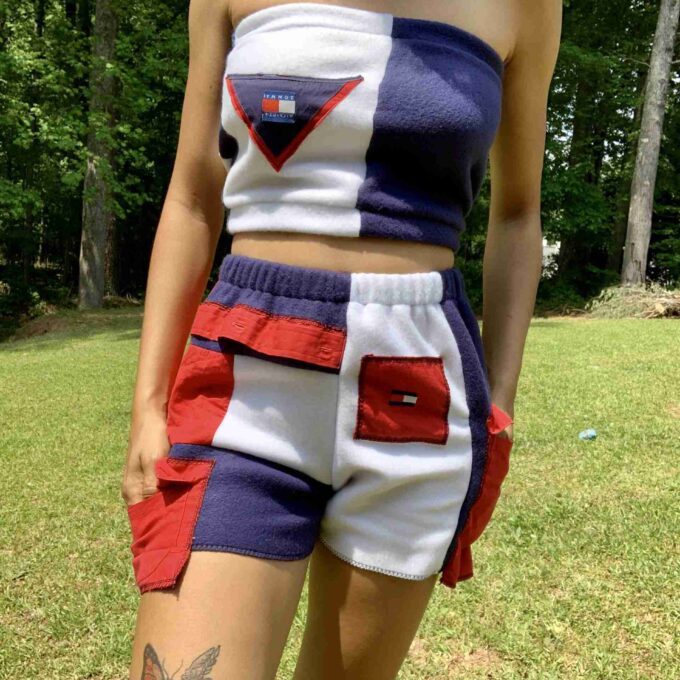 Reworked Tommy Hilfiger Two Piece Tube Top Shorts Set$66.56
Reworked Tommy Hilfiger Two Piece Tube Top Shorts Set$66.56$83.22 -
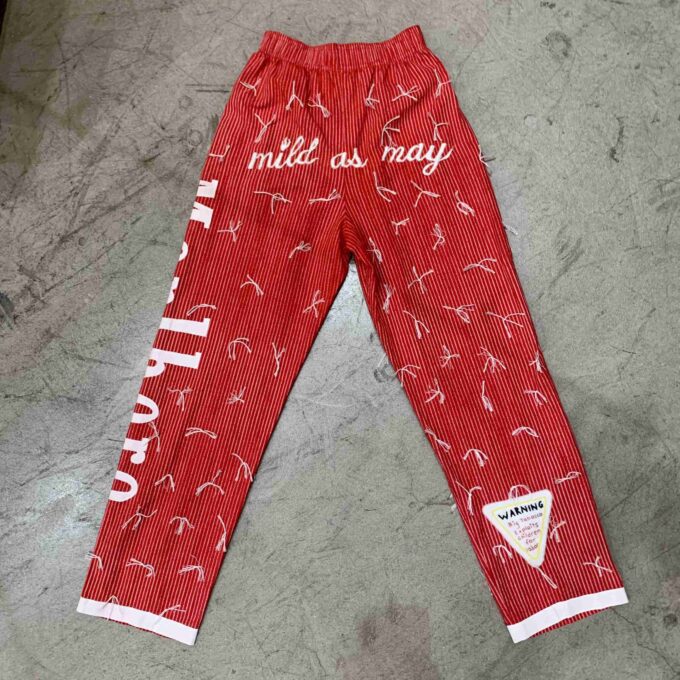 Reworked big tobacco pants$288.78
Reworked big tobacco pants$288.78 -
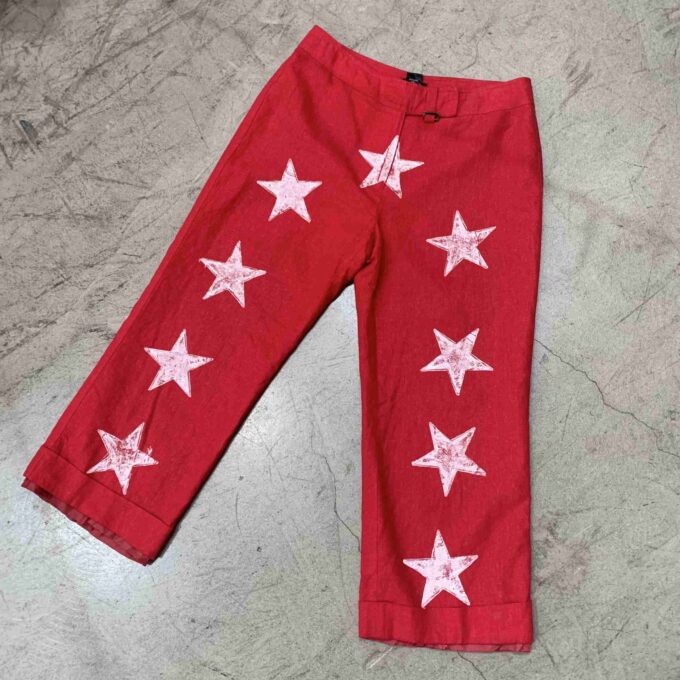 Reworked star arch printed pants$116.56
Reworked star arch printed pants$116.56 -
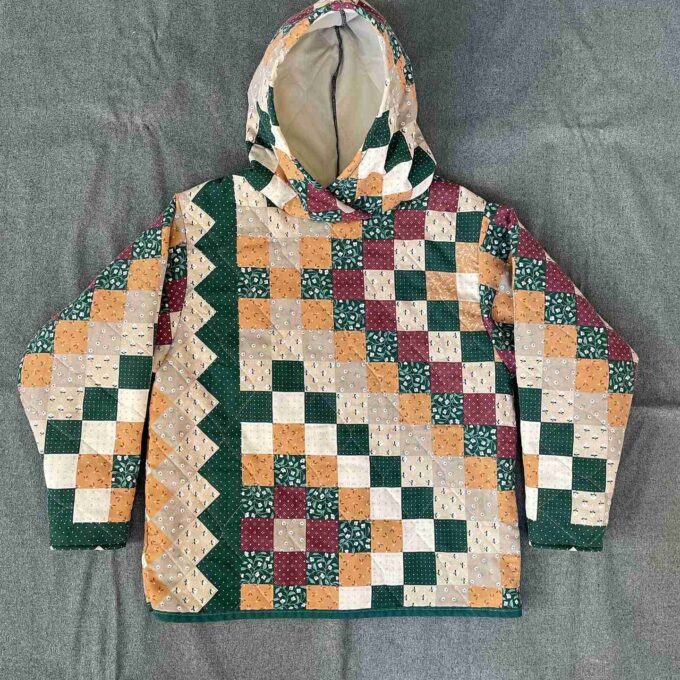 Square print upcycled quilt hoodie$299.89
Square print upcycled quilt hoodie$299.89 -
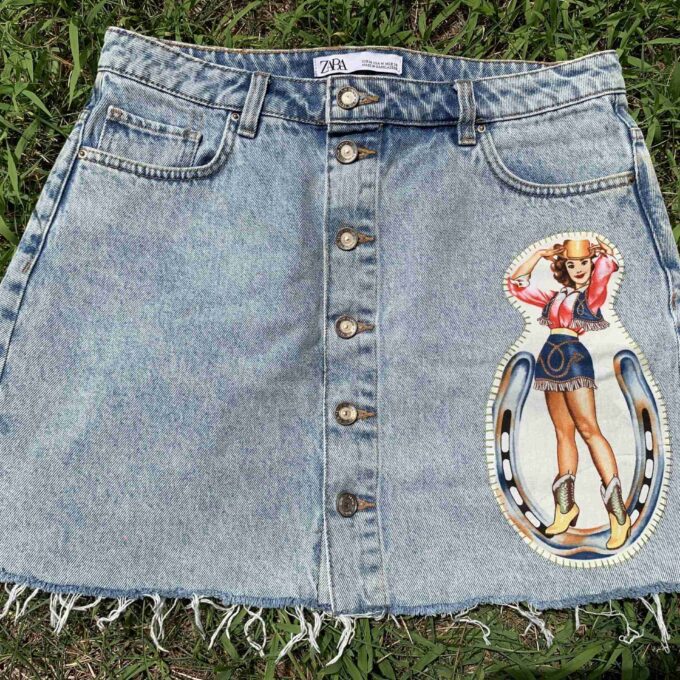 Dolly Parton Themed Upcycled Skirt$66.56
Dolly Parton Themed Upcycled Skirt$66.56 -
Sale Product on sale
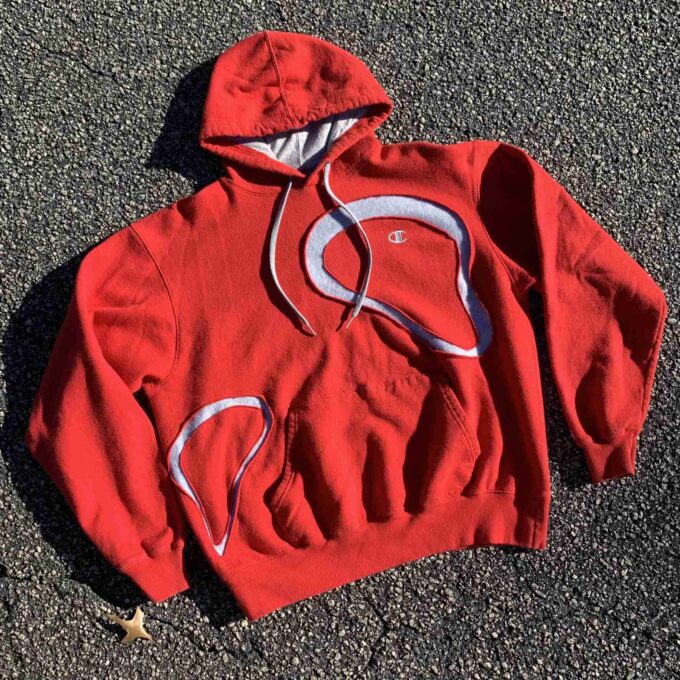 Reworked Champion hoodie$55.44
Reworked Champion hoodie$55.44$61.00 -
Sale Product on sale
 Reworked Calvin Klein Shirt$288.78
Reworked Calvin Klein Shirt$288.78$344.33 -
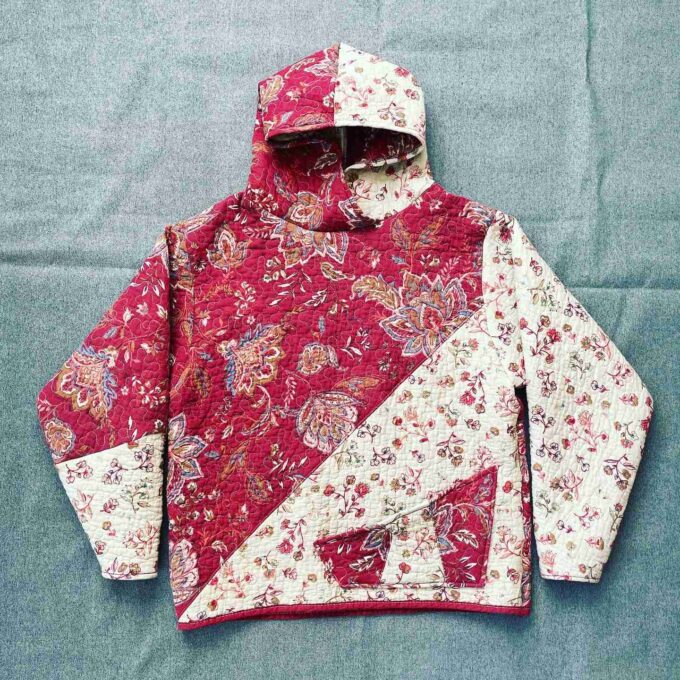 Red and beige upcycled quilt hoodie – size medium$299.89
Red and beige upcycled quilt hoodie – size medium$299.89
The Purpose of Upcycling
One of the main reasons upcycling clothing is popular is that it provides a sense of value to cast-off clothes. Meaning, people don’t want their old clothes to go to waste and they want new ones created out of these materials.
The way upcycling works is that you find an item you want to upcycle and then get creative with it. For example, if you have a shirt and scissors, you can cut off the sleeves to make shorts or even a top for your dog. However, if you don’t have the time or skills to recreate a new piece of clothing but still want to shop sustainably, you can check out the online marketplace for upcycled clothing.
A big purpose of upcycling clothing is to reduce waste and carbon emissions over the course of time while still enjoying a new addition to your closet. Upcycling helps conserve energy and reduce carbon emissions in many ways. When things are reused rather than thrown away, less resources are used in manufacturing items. This means less energy gets wasted during the design process because items are “recycled” or reused instead of being tossed out. When designers upcycle materials from other discarded clothes or items, those original products will more likely to be fully utilized.

History of Upcycled Clothing
Is upcycling a fad? No, because the need for it has been around for centuries. Denim is one of the most historic Upcycled textiles, and it’s been around since at least 1159 in France. Savile Row has made upcycle clothing staples since 1755. There’ve always been artists who have worked with accepted handmade materials to create original examples of high-quality craftsmanship and excellence in style, but what differentiates recent practice of upcycling is a significant shift in consciousness as this generation seeks for more sustainable lifestyles and looking back at legacy of upcycled fabrics that older generations started, such as organic fibers or denim mills.
The ethics behind it are also closely related with green thinking and product design principles that came from core sustainability-oriented designers who looked at quite literally “Disruption In Recycling Philosophy.” It happens all over – some of the oldest continuously operated mills have started upcycling. Much clothing from the 1920s were made of upcycled wool from older coats. The trend of using upcycled fabrics really took off in the 1960s with the introduction of fashion shows and celebrities wearing clothes made from recycled materials.
Today, upcycling is a popular way to reduce waste and reuse old or unwanted garments into something new and beautiful. Not only is it good for your closet, but this type of clothing is better for the environment as well.
The Environmental Impact of Upcycling
There is some debate over the environmental impact of upcycling. Some say that it takes less resources to upcycle materials, as opposed to recycling, which requires more energy and water than upcycled clothing. Other studies show that upcycling can reduce carbon emissions by 4-25% compared to purchasing new.
The impact of upcycling clothing on the environment largely depends on what type of material is being used. For example, if you are using leather or fur, then there would be an increased demand for resources due to the animal products being used. On the other hand, if you are using wool or cotton, then there will be less demand for resources due to those plant-based products being used.
In general, many people find that it is worth it to upcycle clothing based on their own values and needs. If your area doesn’t have a good facility for textile recycling but wants to help reduce carbon emissions in your community, then investing in upcycled clothing would be a good idea!
Here are the things to consider when thinking about the sustainability of upcycling clothing:
How feasible or sustainable would it be to cultivate a new type of cotton or other plant next in the textile industry? Do you have any ideas as to where that could lead? This is an area of intense research and development. New genetically modified organisms are being developed all the time, which might give us more sustainability and positive impact in the future. For example, altering cotton plants with genes from seaweed could allow for reduced water use when compared to unmodified plants and possibly increase yield by 15-25%.
How would you increase your sustainability efforts if upcycling has fallen out of favor at times? Can you or a designer get creative in utilizing a used or worn item and transform it into one or more new pieces of clothing? How much energy or resources does the designer spend on repurposing the new clothing?
How much energy and resources are required to recycle instead? How long would it take to recycle the material, and how much end product do you receive? Comparing upcycling with the alternatives, such as recycling or disposing, are the best ways of seeing how impactful upcycling can be.

Upcycling vs. Recycling Clothing
Recycling clothing is where old clothes are collected and processed to be converted into new materials. Upcycling is when old or used clothes are used in new ways, as parts of creating a new piece of clothing from a trendy fabric or lost buttons.
This might be the biggest difference between upcycling and recycling: one upcycles used clothes to get materials for new clothes, while the other recycles clothes to have new materials. When we recycle, we break down the materials and create something else with them. When we upcycle, we take something old and turn it into something new.
It’s important to note that they share some similarities. Both methods reduce the amount of textile waste in landfills by giving it another life. Recycled material can be turned into an entirely new product; so can upcycled material, though the process is more time-consuming. Both recycling and upcycling keep materials out of landfills, which helps reduce carbon emissions that come with disposing garments.
Conclusion
Upcycling clothing has become a popular trend as consumers grow more and more environmentally conscious. But is it worth it?
The answer to that question largely depends on how much you care about the environment. If you want your clothes to have a minimal environmental impact, the best thing to do is to stop buying new clothes altogether. However, if you really need new clothes, and don’t have the money or time to keep your old ones in good shape, then buying upcycled clothing is a viable option.
But just because upcycling clothing is a good idea doesn’t mean that you should buy clothing just because it’s upcycled. If you’re considering buying clothing at all, make sure that you’re buying items that are still in good condition or have been upcycled with extra care, as our designers sell on the upcycled marketplace. And if you’re going to buy something that’s been upcycled, make sure it’s from a reputable company that cares about the environment and the quality of their product.
Upcycling, the process of converting waste materials into new products, like clothing or furniture, has gained substantial popularity recently. Our exploration into the environmental impact of upcycled clothing reveals its purpose in adding value to discarded garments and reducing waste. Rooted in history, upcycling has evolved as a sustainable practice over centuries, with contemporary upcycled fashion reflecting a conscious shift towards eco-friendly living. Evaluating its environmental impact, while debates persist, reveals that upcycling conserves energy, minimizes carbon emissions, and promotes maximal material utilization. The choice between upcycling and recycling clothes remains nuanced, with both approaches aiming to curb textile waste in landfills and mitigate environmental harm. Ultimately, embracing upcycled clothing aligns with a sustainable ethos, but conscious buying decisions and a commitment to quality remain pivotal in reducing environmental impact.
